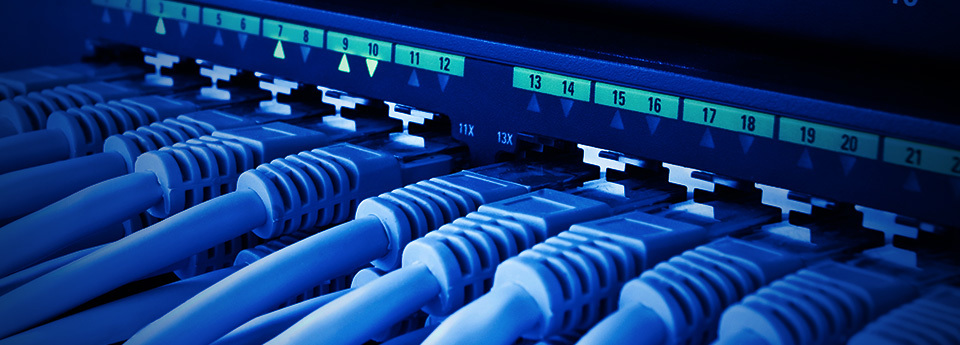Popular Facts About | Hardware For Data Centre |
Maintaining data or information of or about a company is now the hardest the thing which the company officials come across. With technology advancing, it is very important to keep your data under protection. No company wants their personal data to be available easily to anyone at any time. With the increase in data to be stored, companies now spent more on hardware than software. The data center hardware includes the components that constitute the infrastructure of the data center. It includes the functional and non-functional devices vital for operating a data center.

Why Do We Need Data Centers?
The rapid expansion of cloud computing and people relying on cloud storage platforms to store their information has increased the demand for data centers. The data centers experience huge rush due to the number of users using the same platform. Therefore the data centers should be equipped with latest technologies like optical fiber cables and other devices to manage the flow of incoming and outgoing data.
Hardware Used In Data Centers
The hardware equipment used in the data centers includes routers, switches, firewalls, cables, and modems. Hard drives and tape drives are storage devices used. Cooling systems are also used to draw away the heat produced in the data centers. The infrastructure used for cooling includes power generators and cooling towers.
- Routers – These are devices used for networking which forwards packets of data between networks of computers. The destination of the data packet is referred as a node and the routers are responsible for the correct delivery of the right packet at the required node. Thousands and thousands of routers are employed in a data center to forward the packets to different nodes.
- Switches – This is also a networking device which is responsible for connecting devices together on a computer network by using the theory of packet switching techniques. The main advantage of the switches is that it only delivers data which are to be received at the required destination rather than sending all information to all places.
- Cables – Most of the data centers employ optical fiber cables which have higher bandwidth than the normal metal cables which were used before. Another advantage is that it is difficult to tap information from the optical fiber cables. But these cables are hard to repair and very costly.
- Modem – (modulator-demodulator) this is also a network device used in the data centers that encode digital information onto a modulated carrier wave so that it becomes suitable for transmission.
- Hard Drive – This is a device used for storing data and uses the magnetic storage technique. These drives retain the information (digital information) using one or more continuously rotating disk-like structures that are coated with some magnetic material. These drives are commonly used in data centers to store the data that is received.
- Tape drives – This is also a storage device which like hard drives uses magnetic tape upon which data is written and read from. These have sequential storage access, whereas hard drives provide direct access.
Data Centre | Topologies |
The data center network also plays a great role in controlling the traffic and also determines the number of hardware to be used. To understand better, you can check out this study of network traffic characteristics. In fact, the number of hardware needed vary with different network topologies. Therefore, topologies are chosen in such a way that the data is stored efficiently at the same time the method adopted requires comparatively less hardware. Here are some network topologies commonly used.
- Fat tree DCN

- Three – Tier DCN
- Dcell
- BCube
- Camcube
- FiConn
- Jellyfish
- Scafida
Need Of Cooling Techniques Or Devices In Data Centers
The main motive of installing cooling devices or structures in the data centers is to maintain favorable conditions for the hardware to operate. These devices draw away the heat produced. The heat is then diverted to some heat sink.
The data centers experience a lot of traffic of data. Take the example of Facebook. This IT giant has numerous huge data centers set up in different parts of the world to store a large amount of data that it accepts. With users increasing every minute, the data centers are also expanding to store the details of every user. The company spends a fairly high amount to store and circulate this data.